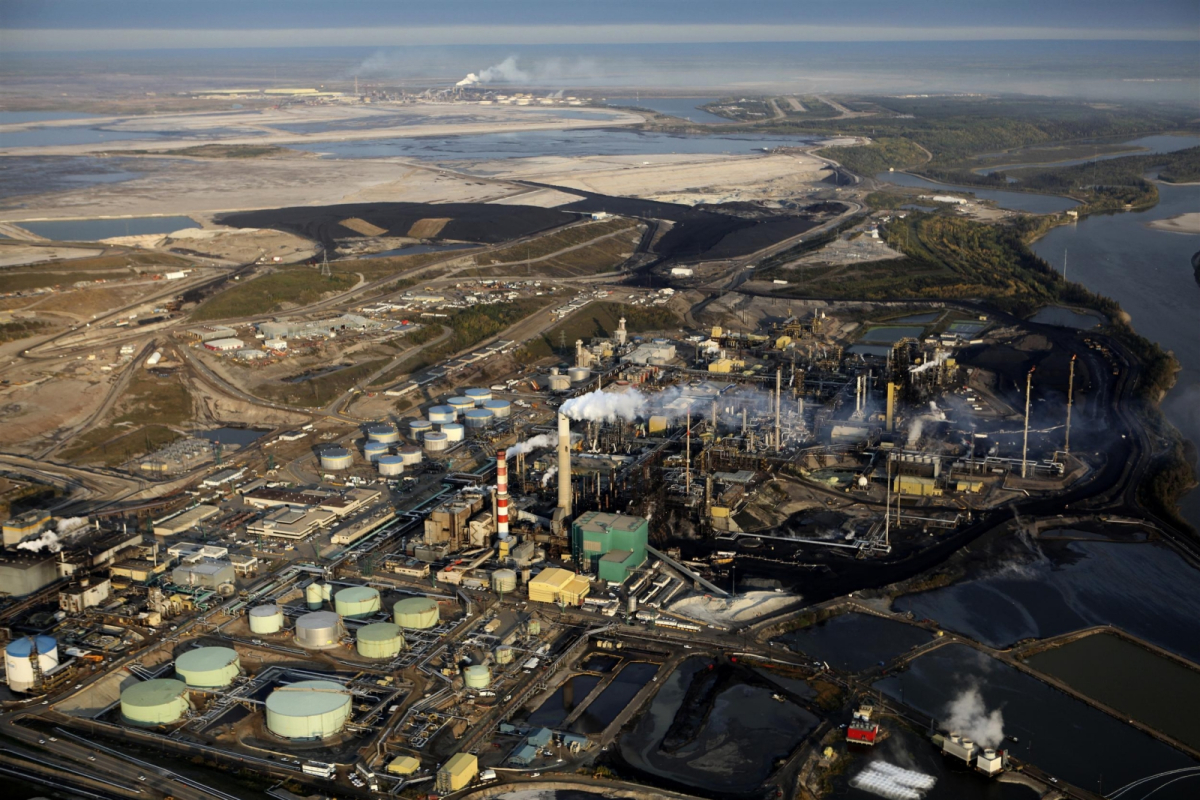Support strong Canadian climate journalism for 2025
A proposal by oilsands giant Suncor Energy to leave some of its more difficult-to-produce reserves in the ground, to reduce emissions and costs, is being endorsed by environmentalists — but not by rival producer Cenovus Energy.
CEO Steve Williams said Suncor has asked the Alberta government to allow it to "strand" some of its oilsands reserves if they're too expensive to produce, or if they'd add too greatly to the intensity levels of its overall greenhouse gas emissions.
"We are advocating in a modest way to work with government so that we can strand some of the oil in the oilsands," said Williams on a conference call to discuss second-quarter financial results on Thursday.
He said Calgary-based Suncor (TSX:SU) can afford to leave oil behind because of its properties' "vast" holdings, which contain 8.7-billion barrels of oilsands reserves.
"Our regulation is written so that we take to a very high percentage the last piece of oil out. That tends to be the most expensive both economically and environmentally. What we would like to do is leave that last piece in (the ground).
"I'm very optimistic we are making some breakthroughs with government to do that."
Suncor's oilsands properties are leased from the province and it pays royalties based on how much it produces. It has both oilsands strip mining projects and in situ projects where steam is injected through wells to melt the heavy bitumen so it can be pumped to surface.
In a sustainability report released last Thursday, Suncor vowed to reduce its overall emissions per barrel of oil and gas produced by 30 per cent by 2030.
Williams said on the call that stranding some of the resource could result in a 10 per cent to 20 per cent savings on operating costs for certain oilsands projects.
Environmentalists said the idea has some merit.
"We would agree that Alberta's historic focus on maximizing oilsands production ... rather than optimizing production on the highest quality ore may be having unnecessary environmental impacts on things like greenhouse gas intensity and tailings production and lowering returns to Albertans as the owners of the resource," said Simon Dyer of the Pembina Institute, a clean energy think-tank.
He added it's "inconceivable" that the oilsands can be fully exploited under Canada's global climate commitments and called for a transparent assessment of the potential benefits of relaxing Alberta's oil recovery requirements.
Greenpeace campaigner Mike Hudema also welcomed the Suncor proposal but said producers will have to leave behind more than just the oil that's difficult to produce if they're sincere about reducing emissions.
Brian Ferguson, CEO of oilsands producer Cenovus Energy (TSX:CVE), said in an interview his company isn't following Suncor's lead in seeking to strand any of its oilsands resource.
"I want to economically produce and environmentally produce as much of the resource that we have as we can."
Ferguson added Cenovus is committed to reducing its greenhouse gas intensity by 50 per cent by 2026 but will do so while living up to its agreements with the province on resource recovery and royalty payments.
Cenovus and Suncor have been vocal supporters of the NDP government's climate change policies which include an annual 100-megatonne cap on total emissions from the oilsands. The industry is now at about 70 megatonnes.
Both companies are looking to new technologies to reduce carbon emissions, including the use of injected solvents to reduce the need for steam in thermal in situ projects.



Comments
re: "the use of injected solvents to reduce the need for steam in thermal in situ projects"
Have we learned nothing from fracking??? Contaminating near surface aquifers with solvents seems like a recipe for disaster!